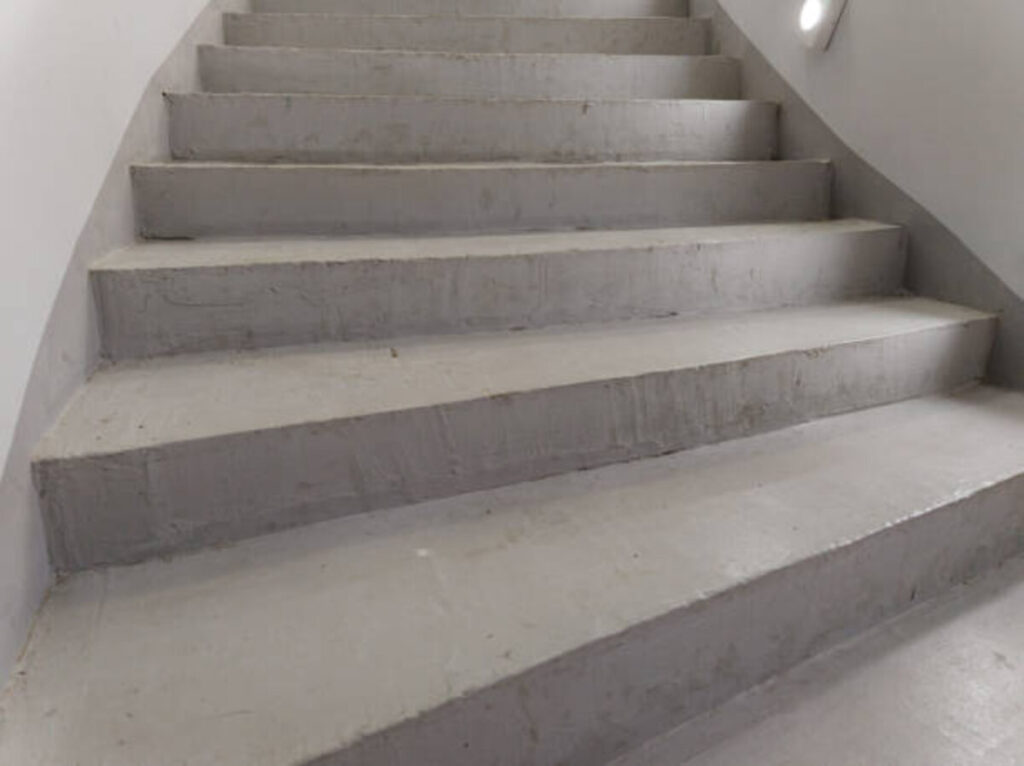Steel is a cornerstone of modern construction, celebrated for its strength, versatility, and durability. However, like all materials, steel is subject to wear and degradation over time due to environmental factors, mechanical stresses, and material fatigue. Repairing steel structures is a critical aspect of maintaining the integrity and safety of infrastructure. In this article, we explore the principles of steel repair, the techniques employed, and relevant Australian examples that demonstrate these practices.
Understanding Steel Deterioration
Steel, while robust, is not immune to damage. The primary causes of steel deterioration include:
- Corrosion: Steel is highly susceptible to corrosion, especially in environments with high moisture or salinity. This is particularly relevant in Australia, where coastal cities like Sydney and Perth experience significant exposure to salt-laden air.
- Fatigue and Fractures: Repeated stress cycles can weaken steel components, leading to microcracks and, eventually, fractures. This is a common issue in bridges and other load-bearing structures.
- Physical Damage: Impacts from heavy equipment, vehicles, or natural events such as earthquakes can deform or weaken steel.
- Thermal Effects: Extreme temperature changes can lead to thermal expansion and contraction, causing warping or cracking over time.
Techniques for Steel Repair
Several techniques are employed in steel repair, each suited to specific types of damage:
- Cleaning and Surface Preparation: Before any repair work begins, the affected steel must be cleaned and prepared. This typically involves removing rust, debris, and old coatings using methods such as sandblasting, wire brushing, or chemical treatments. In Australia, methods like abrasive blasting are commonly used to prepare corroded steel on marine infrastructure.
- Welding Repairs: Welding is one of the most widely used methods for repairing steel. Cracks and fractures can be mended by welding new material into the damaged area. The choice of welding technique—such as MIG, TIG, or stick welding—depends on the type and thickness of the steel. For example, the West Gate Bridge in Melbourne underwent significant welding repairs during its rehabilitation projects.
- Bolting and Riveting: When welding is impractical, bolting or riveting can be used to reinforce or replace damaged steel sections. This is particularly useful in heritage structures, where maintaining the original appearance is crucial. The Sydney Harbour Bridge, for instance, incorporates riveted steel components that have been carefully maintained over decades.
- Composite Repairs: Advanced composite materials, such as fiber-reinforced polymers (FRPs), are increasingly used in steel repair. These materials are applied as wraps or laminates to strengthen the steel without adding significant weight. FRPs have been used in projects like the Brisbane River bridges to enhance load-bearing capacity while mitigating corrosion.
- Protective Coatings: Preventative measures are an integral part of steel repair. Applying protective coatings, such as epoxy paints or galvanizing, helps shield steel from further environmental damage. In Australia, zinc-rich coatings are popular for combating corrosion in coastal and industrial areas.
- Replacement of Components: In cases where the damage is extensive, replacing the affected steel components may be more practical than repairing them. Modular construction techniques facilitate the removal and replacement of damaged sections with minimal disruption.
Australian Examples of Steel Repair in Infrastructure
Australia’s diverse environment and infrastructure challenges provide numerous examples of innovative steel repair projects:
- Sydney Harbour Bridge: A global icon and engineering marvel, the Sydney Harbour Bridge has undergone numerous repair and maintenance works since its completion in 1932. Corrosion management is a constant focus, given its exposure to salty sea air. Techniques such as abrasive blasting, rivet replacement, and the application of advanced coatings ensure the bridge’s longevity.
- West Gate Bridge, Melbourne: The West Gate Bridge is a vital transport link that has seen extensive rehabilitation efforts over the years. Repairs have included welding and bolting to address fatigue cracks and the application of high-performance coatings to combat corrosion. These efforts have extended the bridge’s service life while maintaining safety standards.
- Port Infrastructure in Fremantle: Fremantle’s port facilities, exposed to the harsh marine environment, require regular steel repair to maintain functionality. Techniques such as cathodic protection, combined with FRP wrapping, have been used to protect steel piles and beams from corrosion.
- Mining Equipment in Western Australia: In Australia’s resource-rich regions, steel repair plays a critical role in maintaining the mining industry’s operational efficiency. Heavy mining equipment and infrastructure, subjected to extreme wear and tear, are frequently repaired using advanced welding and protective coating technologies.
- Brisbane’s Story Bridge: Another iconic structure, the Story Bridge, has seen various repair efforts over its lifetime. The use of FRP composites and high-performance coatings has helped extend the life of this critical piece of infrastructure, ensuring it can handle modern traffic demands.
Challenges in Steel Repair
Despite advancements in techniques and materials, steel repair presents several challenges:
- Access Issues: Many steel structures, such as bridges and high-rise buildings, are difficult to access for inspection and repair. Innovative solutions, like drones and rope access technicians, are increasingly employed in Australia.
- Environmental Factors: The Australian climate—ranging from the salty air of coastal cities to the extreme heat of the Outback—requires tailored solutions for steel repair.
- Cost and Downtime: Repairing steel structures can be costly and time-consuming, particularly for critical infrastructure. Advanced techniques, like modular repairs and rapid-curing coatings, aim to minimize downtime and reduce costs.
- Sustainability Concerns: There is growing pressure to adopt sustainable practices in steel repair. Recycling damaged steel and using eco-friendly materials are becoming standard practices in Australian projects.
Conclusion
Steel repair is an essential aspect of maintaining Australia’s infrastructure. From iconic landmarks like the Sydney Harbour Bridge to the heavy equipment used in mining, effective steel repair ensures safety, longevity, and performance. By embracing advanced techniques and sustainable practices, the construction industry can meet the challenges of steel repair and continue to build a resilient future for Australia.
Read also: Concrete Maintenance: Ensuring Durability and Aesthetic Appeal



